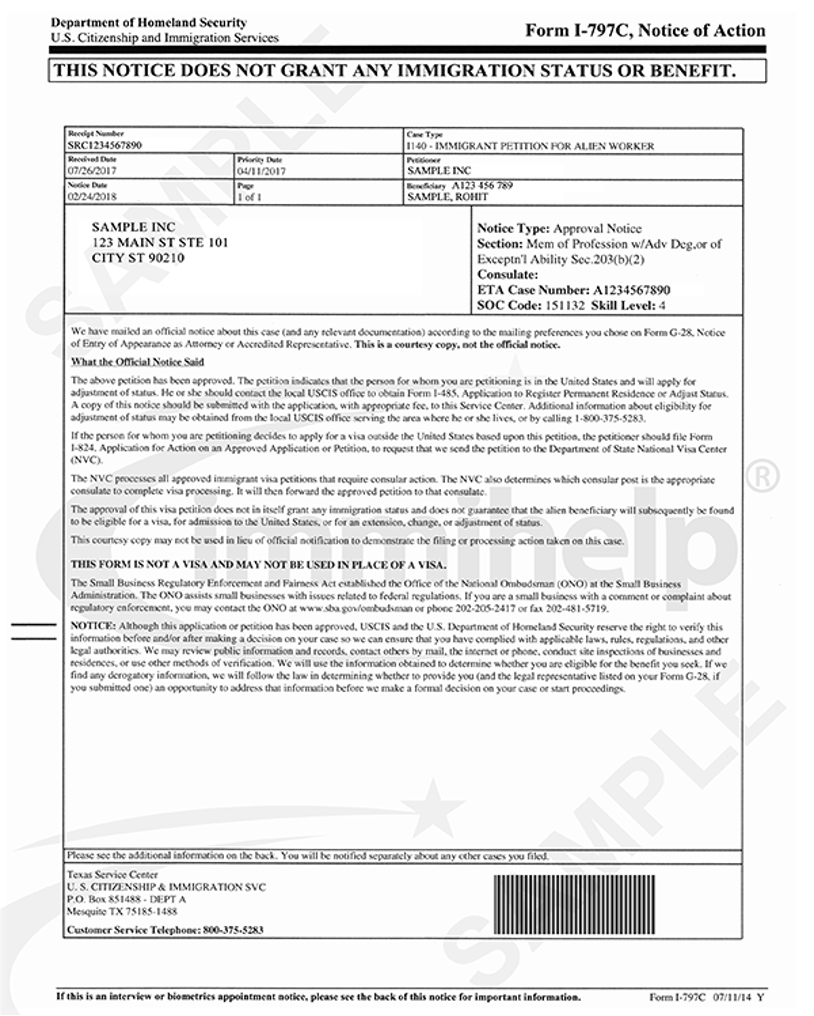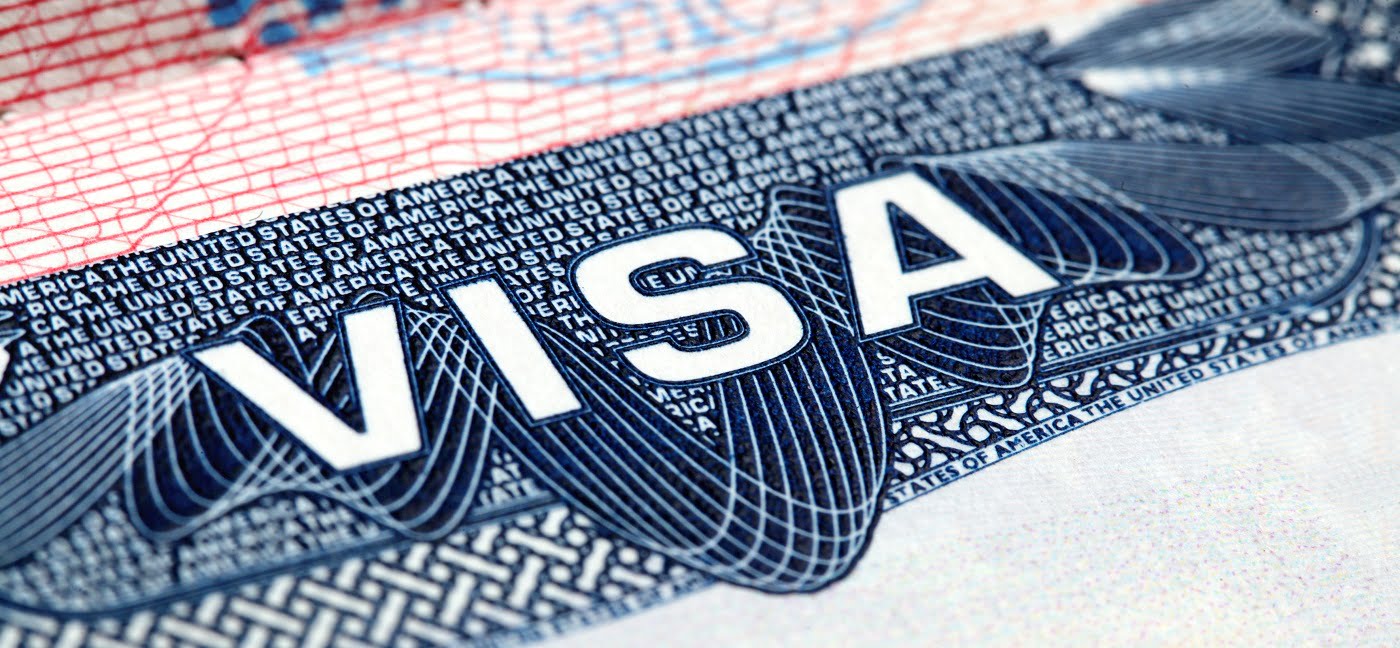This article is to provide you a better understanding of the U.S. Visa Bulletin and how it determines your ability to become an employment-based U.S. permanent resident.
The U.S. Visa Bulletin is published monthly by the U.S. Department of State and provides critical information about the availability of immigrant visas, helping applicants determine when they can move forward in the immigration process.
Here’s a comprehensive guide to help you understand the Visa Bulletin and its implications for your immigration journey.
What is the U.S. Visa Bulletin?
The Visa Bulletin is a monthly update that details the availability of immigrant visa numbers and should be regularly followed by individuals seeking to obtain a green card through employment-based categories.
Important Terms to Understand:
Priority Date:
The date when your Immigrant Petition is filed OR for I-140 petitions based on a certified PERM, it is the date your underlying PERM was filed.
This date determines your place in the visa queue and is indicated on the I-140 approval notice or for EB5, your I-526 approval notice.
Cut-off Date:
These dates indicate the earliest priority date for which a visa number is available. They are determined based on the demand and supply for visas in each category and country. If your priority date is on or earlier than the Cutoff date, you may apply for permanent residence.
Preference Category:
This is the category USCIS assigns your approved immigrant petition depending on the job requirements for your offered permanent position.
Key Sections of the Visa Bulletin
- Employment-Based Preferences:
- Divided into several categories (e.g., EB-1 for priority workers, EB-2 for advanced degree holders, EB-3 for skilled workers), each with its own numerical limits and backlogs.
- Your Preference Category determines which row to look at
- Some categories are current (“C”) meaning there is no backlog, while others have specific cutoff dates depending on the country and preference category.
EMPLOYMENT-BASED PREFERENCES
First: Priority Workers: This includes extraordinary ability petitions, outstanding professors or researchers, and multinational executives and managers.
Second: Members of the Professions Holding Advanced Degrees or Persons of Exceptional Ability.
Third: Skilled Workers, Professionals, and Other Workers: This includes professionals with a bachelor’s degree, skilled workers with at least 2 years of experience, and other workers (those positions requiring under 2 years of experience).
Fourth: Certain Special Immigrants: 7.1% of the worldwide level.
Fifth: Employment Creation: This includes EB-5 Immigrant Investors both individual and those invested in regional centers.
Reading the Charts
The Visa Bulletin includes two main charts for each visa category:
- Final Action Dates Chart:
Indicates when visas can be issued and when applicants can adjust their status to permanent residency.
- Dates for Filing Chart:
Indicates when applicants can file their applications with the NVC to ensure all documentation is ready for processing when their priority date becomes current.
*Every month USCIS tells us which chart to use for adjustment of status applications
How to Use the Visa Bulletin
- Check Your Priority Date:
- Find your priority date on your receipt notice or approval notice. The Priority Date is listed at the top center of the I-140 Approval Notice or I-526 Approval Notice. In this case the priority date is April 11, 2017.

- Understanding the Charts:
- Compare your priority date with the dates listed in the Visa Bulletin for your category and country of birth (citizenship is not relevant)
- The Final Action Dates chart tells you when your visa number is available.
- The Dates for Filing chart lets you know when you can submit your application documents.
- USCIS tell us each month which chart to follow for purposes of filing an adjustment of status application
| Employment – based | All Chargeability Areas Except Those Listed |
CHINA- mainland born |
INDIA | MEXICO | PHILIPPINES |
| 1st | C | 08NOV22 | 01FEB22 | C | C |
| 2nd | 15MAR23 | 22MAR20 | 15JUL12 | 15MAR23 | 15MAR23 |
| 3rd | 15NOV22 | 01APR20 | 01NOV12 | 15NOV22 | 15NOV22 |
| Other Workers | 01DEC20 | 01JAN17 | 01NOV12 | 01DEC20 | 01DEC20 |
| 4th | 01JAN21 | 01JAN21 | 01JAN21 | 01JAN21 | 01JAN21 |
| Certain Religious Workers | 01JAN21 | 01JAN21 | 01JAN21 | 01JAN21 | 01JAN21 |
| 5th Unreserved (including C5, T5, I5, R5) |
C | 15JUL16 | 01JAN22 | C | C |
| 5th Set Aside: Rural (20%) |
C | C | C | C | C |
| 5th Set Aside: High Unemployment (10%) |
C | C | C | C | C |
| 5th Set Aside: Infrastructure (2%) |
C | C | C | C | C |
- Stay Updated:
- The Visa Bulletin is updated monthly, so regularly check for changes that may affect your application process.
Important Considerations
- Country of Chargeability: This usually refers to the country where the applicant was born. Each country has a cap on the number of visas issued per year to ensure diversity. If your country is not listed, you fall under the “All Chargeability Areas” column
- Cross Chargeability: If you are applying together with your spouse, you may use your spouse’s country of birth if their country’s cutoff date is sooner for purposes of when you can apply for permanent residence
- Retrogression: Occurs when the demand for visas in a particular category or country exceeds the supply, causing the dates to move backward. This can delay the processing of applications.
The Visa Bulletin is an essential tool for immigrants seeking to understand their place in the visa process and to prepare for the next steps toward obtaining permanent residency in the United States. By regularly checking the Visa Bulletin and understanding its components, you can stay informed and proactive about your immigration journey.
For the most current and detailed information, always refer to the:
The U.S. Department of State Visa Bulletin






